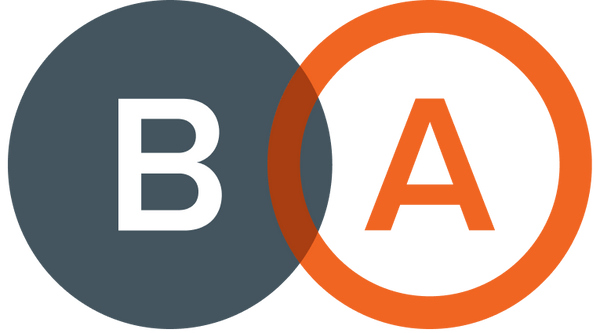Why you should optimise your product page
SEO plays a large role in ecommerce and online presence is no longer optional if you want to succeed. Optimising your product pages for ecommerce SEO is extremely crucial for your brand’s success. It will increase your visibility, improve your search rankings, improve your traffic, improve your customers' user experience and, ultimately, increase your sales. SEO can be overwhelming and can be a rabbit hole but if you don’t know where to start, start with these 6 steps.
1. Ensure your product names are aligned with your keyword strategy
Presuming you’ve completed your keyword research, you need to make sure that your product names align with your keyword research. To do this, you should include your brand name, product name and model number. You should also include product attributes like size, colour and any other important information.
It is important to remember that you don’t want your product pages to compete with your category page. Each product should be optimised for product-specific queries and not for [brand] or [brand + product category] queries.
For example, you are a women's online store that sells dresses, you want to rank for [sonny linen midi wrap dress tan]. You would include those keywords in your product name, meta information and URL.
2. Use descriptive and consistent URLs
Using descriptive and consistent URLs will help search engines and website visitors. A good URL structure is descriptive, easy to read, brief, lowercase, and consistent. By following these guidelines, your Google snippet is likely to get more clicks if it reflects their search query.
Using [sonny linen midi dress] as an example, your slug would be
[sonny-linen-midi-wrap-dress-tan] and your full URL would be
[https://www.online-store.com/collections/dresses/products/sonny-linen-midi-wrap-dress-tan].
3. Clear and unique meta information
Meta information refers to the title tag and the meta description and are essential to how your product page will rank and how it will display on search page results.

A good title will be easy to read, contains keywords, is unique and has 30-60 characters. The same goes for a good meta description but with 70-150 characters.
4. Descriptive headings
Descriptive headings help search engines and your visitors quickly find out what a page is about.
We suggest putting the name of the product as the H1 heading and then H2 headings for the key sections such as product’s features, technical specifications, reviews as well as FAQs.
H1: Sonny Linen Wrap Dress Tan
H2:
- Product Details
- Size & Fit
- Shipping & Returns
- Customer Care
5. Include and link your product attributes
Using product attributes enhances your visibility for queries related to the product. Make sure you include the brand name, series, category and model name. Don’t forget to link these product attributes as well! It's a great and easy way to improve your internal link structure.

6. Use high quality images
One step that a lot of brands can overlook is not using high-quality images. High-quality product images highlighting product details and features as well as in the context of its use will help improve conversion rates.
Make sure you follow these steps for your images:
- Include product names in your file names and alt attributes
- Use the correct file format - JPG or WebP
- Use the right size
- Compress the image to decrease file size
- Include images

The final word
These steps only scratch the surface of SEO for product pages although following these 6 key steps is a great reference point. If you would like to further optimise your product pages, contact us today to see how we can help with your SEO and ecommerce needs.
